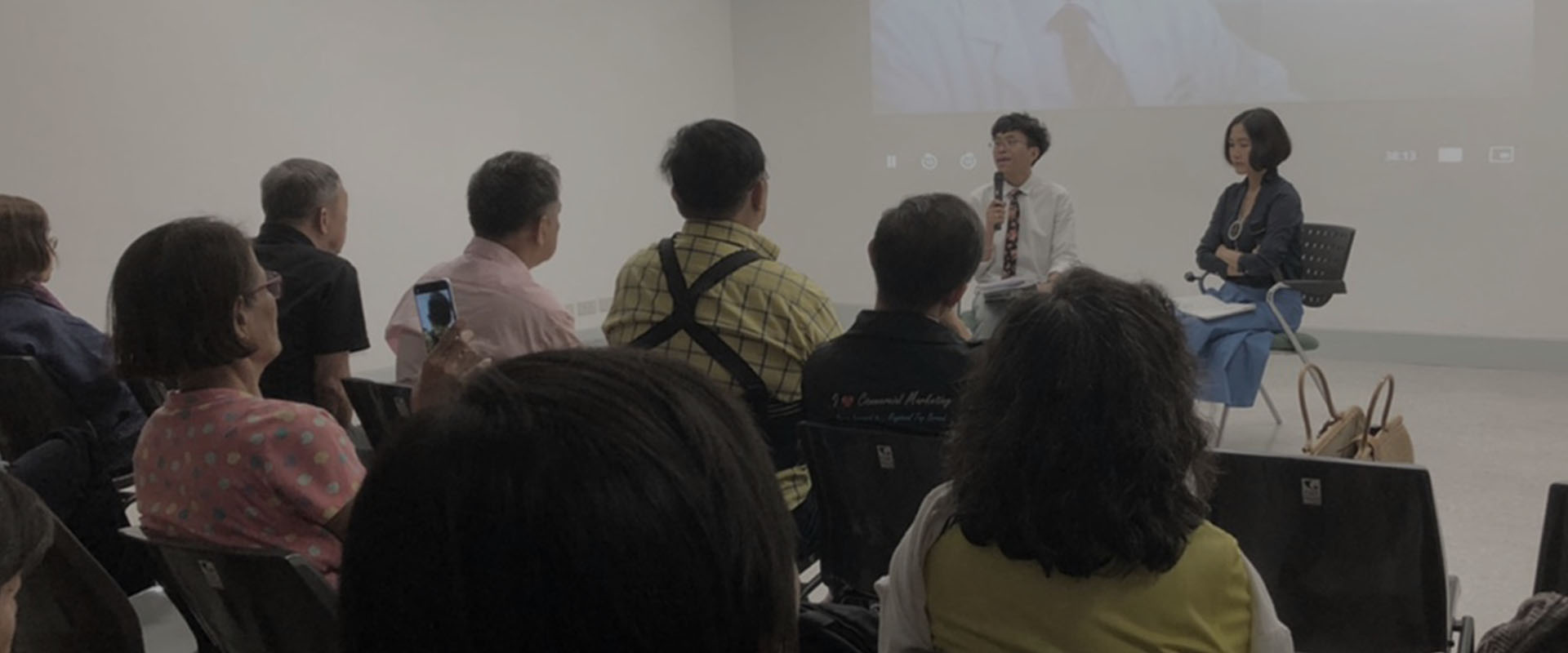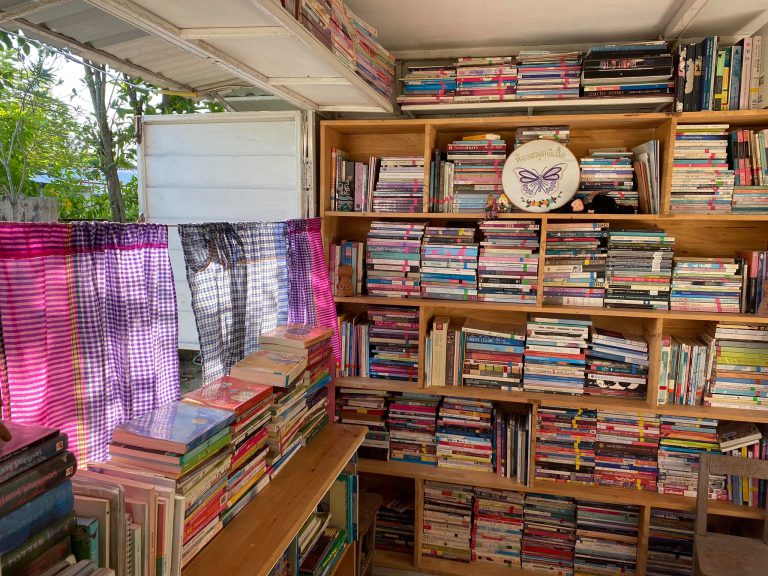Story: Kittin Likitparinya
Though death is generally conceived of as emptiness, the immateriality of death sometimes intertwines with the living world in concrete ways.
“‘End Game’ invites you to think of your last day on earth as something other than a painful tragedy” is the title of a discussion forum that undeniably attests to the statement above.
Curiously enough, the forum, though concerned with the experiences of terminally-ill patients, wasn’t organised under the purview of a hospital or organisation involved in palliative care. Instead, it was hosted at the Faculty of Architecture, Chulalongkorn University (December 2nd, 5:00-6:30pm), with the UddC (Urban Design and Development Center) as the beating heart behind the organisation of the event.
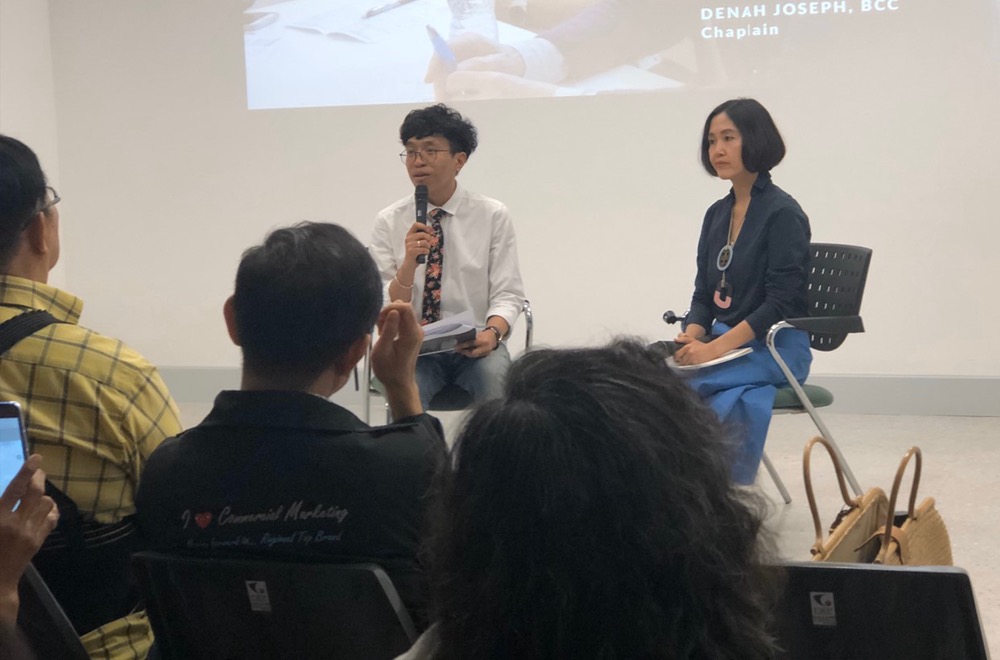
But what is the UddC?
“It’s a centre for regional and urban planning,” says Adisak Guntamuanglee, the assistant director of UddC’s Urban Intelligence division. “We’re supported by two entities: the Thai Health Promotion Foundation and the Department for Regional and Urban Planning in the Faculty of Architecture, Chulalongkorn University. The UddC can be likened to a research facility, or an artistic space for academic pursuits, with two main branches: the design of ‘master blueprints’ for large areas of land, and the ‘Issue Base’, an urban design project covering issues such as pedestrian walkway planning, and the promotion of the concept of ‘walkability’ in urban design through the Good Walk foundation. The ‘Issue Base’ also launches projects that empower and harness the collective potential of people in society. One example of this is the Noise Map foundation, which was created to counter misconceptions of noise pollution as a source of pollution that isn’t as serious as other atmospheric pollutants that we have recently begun to pay more attention to. Actually, noise is a significant source of pollution in cities, yet there is relatively little awareness of it, even though it affects large swathes of people. In fact, medical studies have proven that traffic noise contributes to 70% of the city’s impact on people’s well-being. That’s another example of our work at Issue Base.”
What is the Relationship Between Urban Planning and Death?
Sometimes, the emptiness of death intertwines with the living world in concrete ways. Adisak Guntamuanglee asserts that the ways we construct spaces affects the way we die — which has direct implications for urban planning. For example, the land along Sukhumvit road, which is very expensive, happens to be the location of many chinese cemeteries.
“In Bangkok, there are many huang sui [chinese cemeteries] along Sukhumvit road where land prices are very high. The question we must ask ourselves is whether the value of these cemeteries correspond to the decline of available land throughout the city. The thing is, people who are able to have burials, exhume remains and inter ashes there have to be well-off. Therefore, the issue of post-mortem arrangements and urban space has to be discussed, or at the very least, addressed in the allocation of diminishing urban space.”
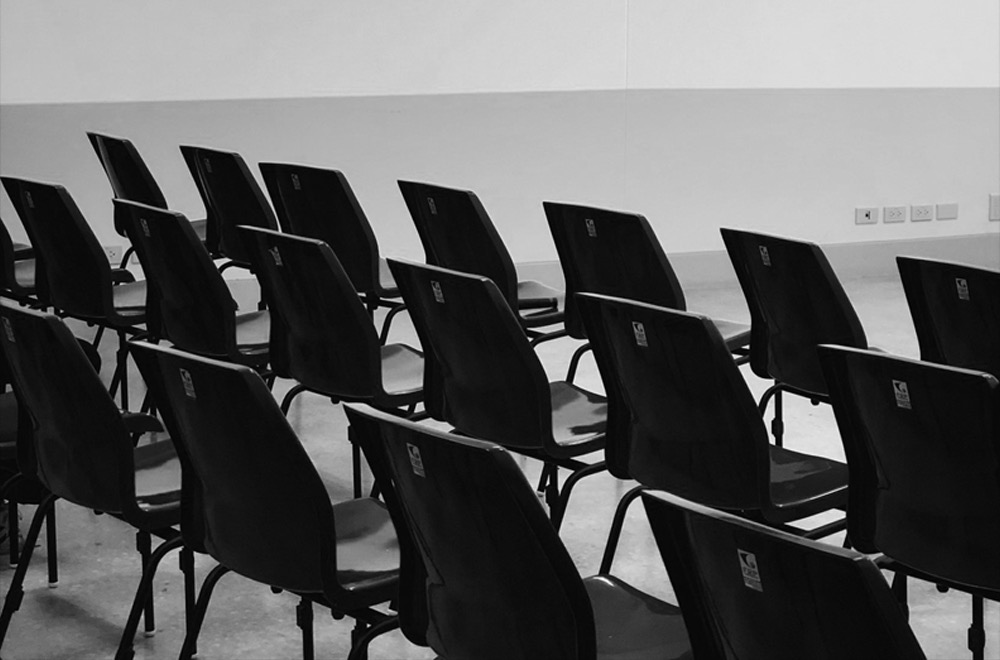
Terminal Architectures: Space and Palliative Care
The discussion forum, “‘End Game’ invites you to think of your last day on earth as something other than a painful tragedy”, was divided into two parts. The first was a documentary screening about the lives of four terminally-ill individuals that not only depicted their physical conditions and medical treatment, but portrayed the fabric of their lives — the spaces within the hospice, their relationships with the people around them, what they desire in relation to what their families desire etc.
(The documentary, titled “End Game”, is available on Netflix)
When the documentary ended, the second part of the forum began, moderated by Adisak Guntamuanglee, the assistant director of UddC’s Urban Intelligence division. Dr. Pavika Sriratanaban, Assistant Professor of Political Science at Chulalongkorn University and member of the Thai Urbanites 4.0 research project, led the discussion, encouraging participants to learn about palliative care and the ways patients interact with space.
Palliative care places great value on the physical and emotional well-being of patients. A palliative care approach, for example, will tend to avoid the use of life-sustaining machines such as respirators, for though a patient’s life can be prolonged, that choice comes at the cost of the patient’s suffering (which runs counter to the peaceful death ethos). The patient is denied the comfort of spending their last days surrounded by family and loved ones, able to listen to prayers or their favorite music. When we look at the issue critically, we realize that there is an indisputable intersection between palliative care and the way spaces are designed.
That is because ensuring the physical and emotional well-being of terminally-ill patients encompass the spaces where patients decide to spend the last part of their lives. Some patients may prefer the hospital, while others may be more comfortable living in a space that is familiar to them, surrounded by their loved ones.
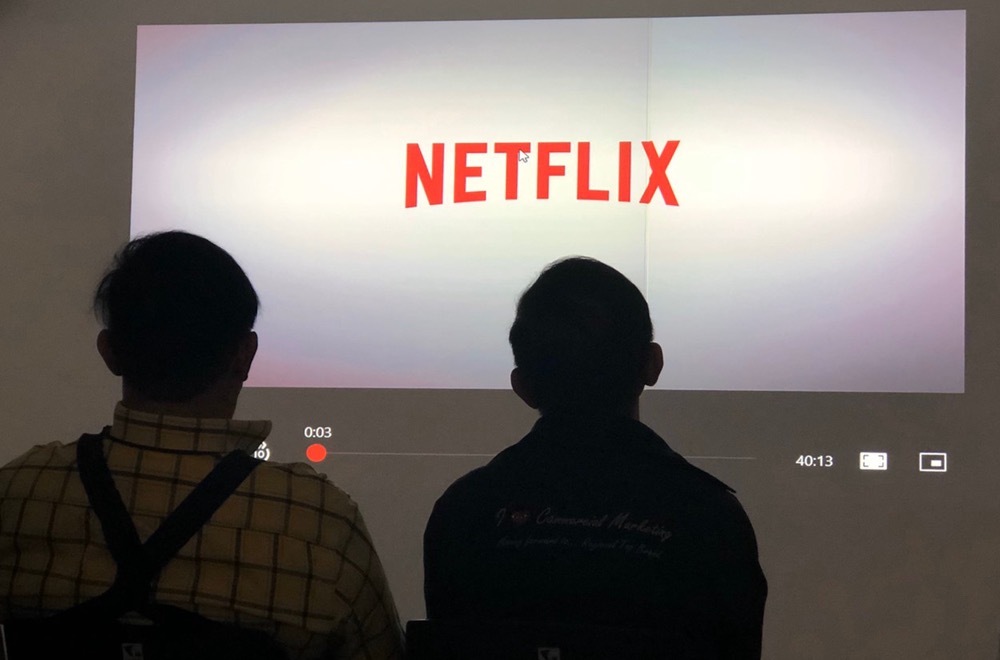
Furthermore, there is another space directly associated with and essential to palliative care, that isn’t widely known about in Thai society: hospices. Hospices are commonly misunderstood and not very well-known among the Thai population, Dr. Pavika Sriratanaban explains, because the majority still subscribe to the assumption that if one enters a hospital to leave it cured. Hospices, on the other hand, are places that care for terminally-ill patients; that is, patients who will not recover. The Maha Vajiralongkorn Thanyaburi Hospital, for example, which specifically treats cancer patients, has a hospice centre for their patients. Still, most people do not understand what a hospice is, due to the common perception that a hospital’s only purpose is to restore people to health.
The moderator, Adisak Guntamuanglee, also invited audiences to reflect on whether the government should consider access to hospice care as the right of all Thai citizens.
“Spaces that prepare us for death, such as hospices, present us with the issue of whether they should be privately or publicly operated. If we think hospices should be publicly-run, how should the government administer them? Hospices should be institutions that are accessible to all and not another arena of inequality in society. For if hospices were run by private interests, it is possible that only people of means will be able to afford hospice care, and poorer people won’t. However, if the government treats hospice care as the provision of a fundamental right or service for people in the city (or in a particular region) then it won’t be laced with the forces of inequality.”
Conclusion
Though we tend to conceive of death as emptiness, this seminar has provided new insight into the fact that death has a tangible imprint as well. We can no longer] presume that death signifies absence.
ssionately and Creatively with Others”.
